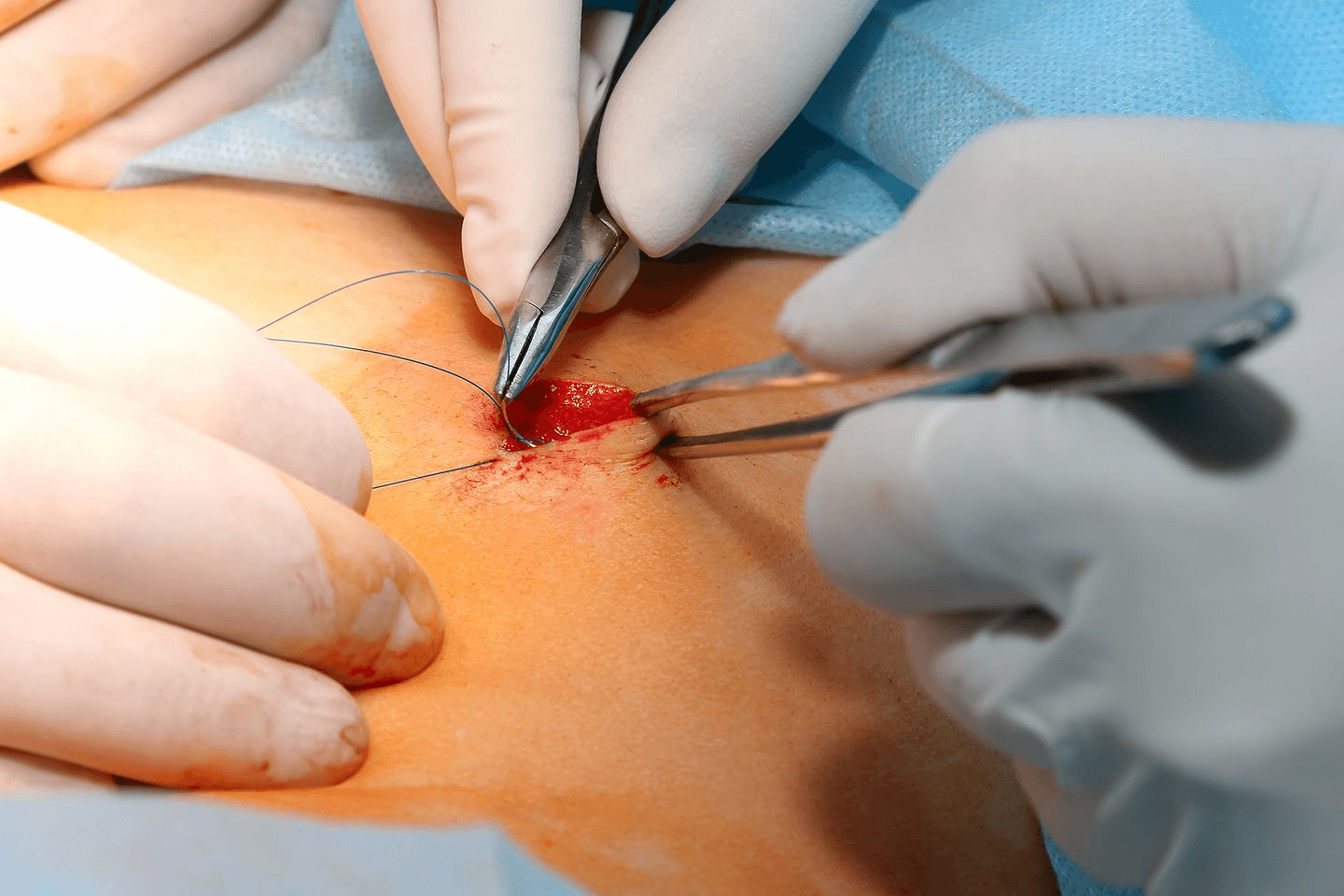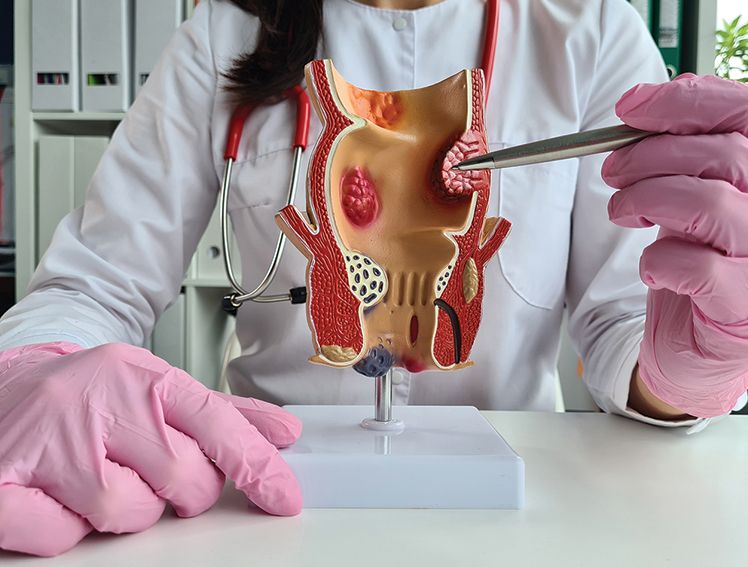
World Cervical Cancer Elimination Day: Awareness, Risks, and Elimination Efforts
Introduction
World Cervical Cancer Elimination Day is a reminder to us of a collective global goal towards a future where no woman has to lose her life to preventable cervical cancer. It is a medical mission aimed at protecting women's health by raising awareness about vaccination and promoting timely check-ups.
Cervical cancer is preventable, yet thousands of women, especially in low to middle-income countries, are diagnosed because of limited access to screening and healthcare. Nearly 94% of the deaths in 2022 occurred in these regions, where the burden of cervical cancer is greatest due to limited public health services and the lack of widespread screening and treatment programs.[1] This day calls for communities, healthcare providers, and individuals to come together and take simple steps to prevent cervical cancer through education and proactive health measures.
Understanding Cervical Cancer and Its Impact on Women
Cervical cancer usually develops slowly and is linked to persistent infection with certain types of the Human Papillomavirus (HPV).
If it is detected early, it can be treated. However, in many cases, women discover it only after the disease has progressed. That's why increasing cervical cancer awareness and access to regular screening can make a life-saving difference.
Risk Factors You Should Know
Understanding what increases the cervical cancer risk helps women make informed choices. While many lifestyle-related risks can be managed through women being aware and taking the necessary precautions for prevention.
Common Risk Factors
Category | Risk Factor | How It Impacts Health |
Biological | Persistent HPV infection | Causes abnormal cervical cell changes |
Lifestyle | Smoking | Lowers immunity, making it harder to fight HPV |
Reproductive health | Multiple pregnancies[Daphne Di1] [3] | Can slightly increase risk |
Hygiene & healthcare access | Lack of regular screening | Delays early detection |
Socioeconomic | Limited access to vaccination or healthcare | Reduces preventive opportunities |
Being aware of these factors helps individuals and communities take small but meaningful actions, such as getting regular health checks, quitting smoking and promoting HPV vaccination among adolescents.
The Role of Awareness in Reducing Cervical Cancer
Awareness is a powerful tool in public healthcare. When women understand the importance of screening and vaccination, they are more likely to protect themselves. Unfortunately, stigma and lack of knowledge still prevent many from seeking help.
Cervical cancer Awareness campaigns aim to break these barriers. They encourage open conversations about women's health, promote regular Pap smears, and educate families about HPV and its connection to cancer prevention.
Awareness Can Help By:
Encouraging women to get screened regularly.
Normalising discussions about reproductive health.
Promoting vaccination for girls before they become sexually active.
Educating men about their role in supporting women’s health decisions.
Lifestyle and Community Measures for Prevention
Preventing cervical cancer doesn’t rely only on hospitals or medical programmes; it begins at home and in communities. Simple lifestyle habits and collective awareness can greatly contribute to cervical cancer prevention.
Preventive Steps Women Can Take:
Get vaccinated against HPV at the recommended age, usually between 9 and 14 years.
Attend regular screenings, such as Pap smears or HPV tests.
Avoid smoking, as it lowers the body's immune system.
Maintain intimate hygiene and use protection during sexual activity.
Eating a balanced diet that contains all macro-nutrients your body needs and foods to support your body's immunity.
Community Measures That Matter:
Schools and community centres can host cervical cancer prevention and awareness workshops for young kids and adolescent parents.
Local healthcare providers can offer mobile screening units in rural areas.
NGOs can collaborate with public health departments to fund vaccination drives.
Every small action adds up to a healthier, more informed society.
Early Detection: How Proactive Health Monitoring Helps
Early diagnosis saves lives. With cervical cancer early detection, treatment outcomes improve dramatically. Most women diagnosed in the early stages have a high survival rate and can recover fully with appropriate care.
Screening Methods:
Pap Smear Test: Detects precancerous or abnormal cells in the cervix.
HPV Test: It can identify the virus that may cause cell changes.
Visual Inspection with Acetic Acid (VIA): It is a cost-effective screening method used in community health programmes.
Why Regular Screening Matters
It catches abnormalities before they develop into cancer.
It allows for timely, less invasive treatments.
It gives women confidence and control over their health.
Healthcare providers also recommend follow-up visits if any abnormalities are found, ensuring continuous care and support. In cases that require surgical intervention, Meril's Mesic Compact Ultrasonic Surgical System enables precise, minimally invasive procedures that reduce the healing period and support better outcomes for women's health.
Initiatives for Cervical Cancer Elimination
The World Health Organization (WHO) has set a bold target to ensure that cervical cancer is eliminated by the end of this century. For this, the countries that have adopted a vision are encouraging vaccination, screening, and treatment initiatives.
The WHO 90-70-90 Strategy:
90% of girls are completely vaccinated with the HPV vaccine by age 15.
70% of women get screened using a high-performance test by age 35 and again by 45.
90% of women with cervical disease are able to get appropriate treatment. [1]
In India, health authorities are working towards strengthening screening infrastructure, introducing the HPV vaccine into the national immunisation programme, and expanding healthcare access to rural populations.
These steps represent a united global movement to save millions of lives.
How Women Can Take Action for Healthier Communities
Change begins with one informed woman. Every woman who chooses to take charge of her health by getting screened, vaccinated, or spreading awareness contributes to a ripple effect that benefits her entire community.
Here’s How You Can Make a Difference:
- You should encourage your friends and family to get preventative vaccination, routine screening and check-ups.
- Talk openly about reproductive health and the importance of vaccination.
- Support awareness drives and local health camps.
- Stay informed about government schemes and healthcare services in your area.
- Volunteer or collaborate with NGOs promoting women's health.
With these small steps, communities can turn awareness into prevention — and prevention into elimination.
Conclusion
World Cervical Cancer Elimination Day reminds us that this disease is not unbeatable; it's preventable. The goal of eliminating cervical cancer is within reach if people have the knowledge, take proactive care, and have community support.
Focusing on education about the spread of HPV, getting vaccinated, and regular screening, we can protect millions of women for generations to come. Each step taken today moves us closer to a world free from cervical cancer, one where every woman’s health is safeguarded.
FAQs
Q1. What is the cause of cervical cancer?
HPV high-risk types can cause 99% of cervical cancer cases.[4]
Q2. How often should women get screened?
Women aged 25 to 65 are generally advised to get a Pap smear every three years or an HPV test every five years, depending on medical guidance.[5]
Q3. Can cervical cancer be cured completely?
Yes, when detected and treated early, the chances of complete recovery are high.
Q4. How can parents help prevent cervical cancer in their daughters?
As a parent, you can ensure that your child receives the HPV vaccine at the recommended age (9- 14 years) for optimal protection[6], and you should teach them about reproductive health and hygiene. This can help prevent HPV, which is the leading cause of cervical cancer.
References
[1] https://www.who.int/initiatives/cervical-cancer-elimination-initiative
[3] https://www.cancer.org/cancer/types/cervical-cancer/causes-risks-prevention/risk-factors.html
[4] https://www.who.int/health-topics/cervical-cancer#tab=tab_1
[5] https://www.cancer.gov/types/cervical/screening
[6] https://www.who.int/news/item/20-12-2022-WHO-updates-recommendations-on-HPV-vaccination-schedule



